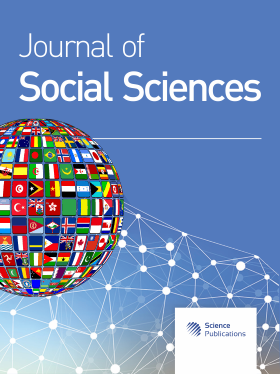Items and Generalizations: Evidence from Decir within the Family of Subjective-Transitive Constructions in Spanish
- 1 University of Almer�a, Spain
Abstract
This paper explores the existence of a continuum between regular, productive, conventional configurations and fixed, idiosyncratic and novel configurations within the full gamut of instances of secondary predication with decir ('say') and verba dicendi in present-day Spanish. Drawing on Cognitive Construction Grammar, it is argued that instances of the secondary predication with these verbs can be aptly regarded as forming part of the family of subjective-transitive constructions. Specifically, schematic configurations involving decir and other verba dicendi are shown to be instances of the denominative subjective-transitive construction. Configurations of this kind interact with partially filled in instances of secondary predication involving coercion via a reflexive pronoun in the postverbal NP slot as well as coercion in combination with an imperative form. This continuum is even more clearly observable in the case of configurations involving the reflex passive clitic se, giving rise to a three-point cline between (i) non-gramaticalized (compositional) configurations with an active counterpart, (ii) non-grammaticalized constructions without an active counterpart and (iii) grammaticalized (non-compositional) configurations without an active counterpart. At a higher level of delicacy, it is shown that lo que se dice XPCOMP construction, understood as the result of incipient grammaticalization, may function as a focusing/emphasizer subjunct or as a summative conjunct in present-day Spanish. One of the broad-scale generalizations emerging from this study is that the XPCOMP must lend itself to a subjective, evaluative construal on the part of the subject/speaker. All the instances of the subjective-transitive construction surveyed here impose this restriction on the XPCOMP. However, the lo que se dice XPCOMP construction functioning as a emphasizer/focusing subjunct also allows a more disparate range of non-evaluative XPCOMPs. A default inheritance system of the type invoked in Cognitive Construction Grammar is shown to capture the commonalities as well as the idiosyncratic particulars of this family of constructions and can thus be informally used to optimize the input for the instruction of grammar in the advanced Spanish L2 class.
DOI: https://doi.org/10.3844/jssp.2015.194.226

- 4,200 Views
- 2,753 Downloads
- 3 Citations
Download
Keywords
- Subjective-Transitive Construction
- Coercion
- Reflexive
- Imperative
- Reflex Passive
- Grammaticalization
- Subjunct
- Conjunct
